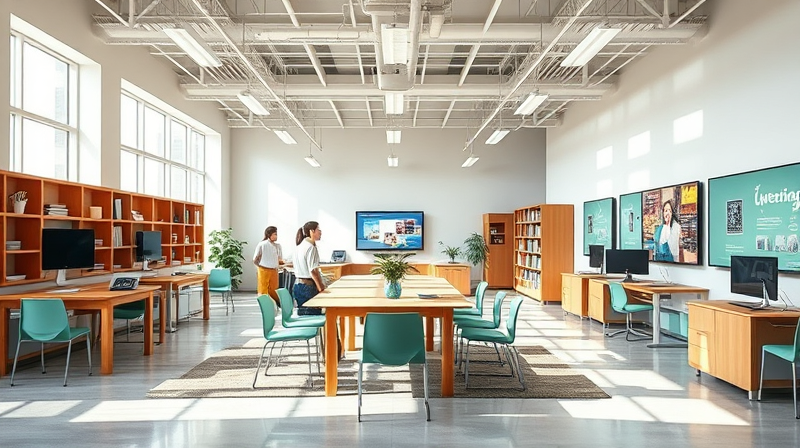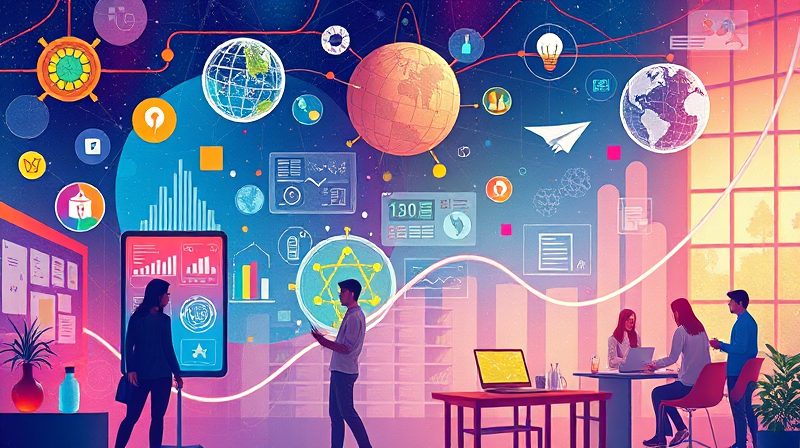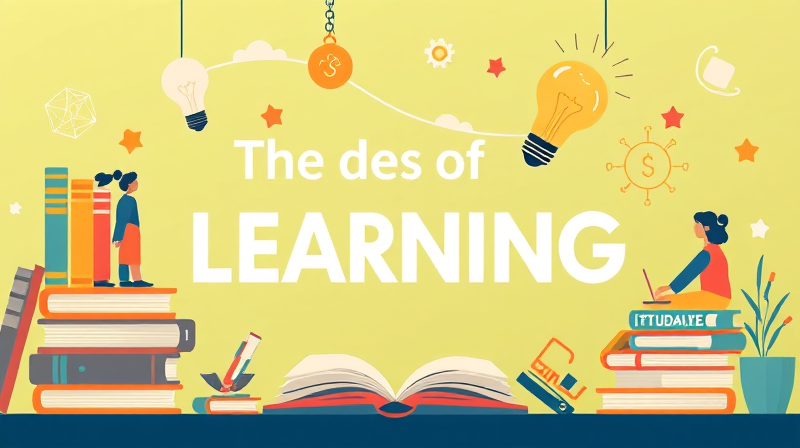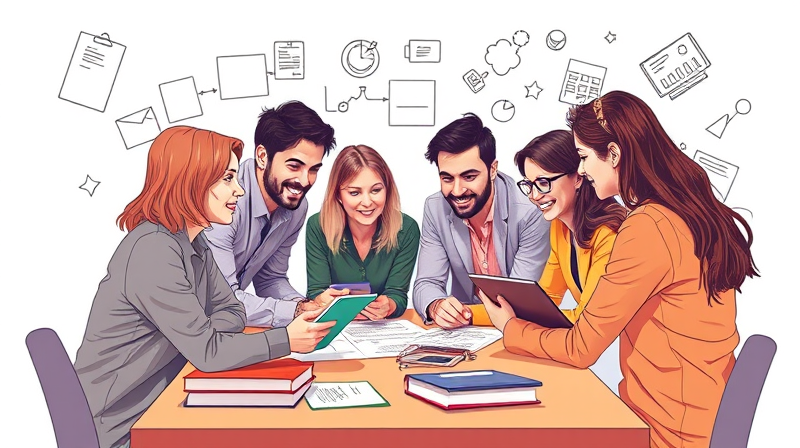In today’s fast-paced educational landscape, creating effective learning spaces is critical for student success. Whether you are a teacher, student, or facilitator, transforming any location into an environment that promotes concentration and productivity is essential. By adapting flexible designs and modern technologies, you can create spaces that not only foster focus but also accommodate a variety of learning styles.
The idea is to view every surrounding as a potential learning hub. Instead of being limited to traditional classrooms, innovative design and creative thinking can transform home offices, libraries, cafés, or even outdoor spaces into functional educational environments. Incorporating strategies such as flexible furniture, zoned arrangements, and thoughtful technology usage can make all the difference.
Embrace Flexibility and Mobility
Flexibility in furniture and layout plays a key role. Consider the use of tables and chairs on casters, which allow for quick and effortless rearrangement. This mobility offers educators unprecedented flexibility to switch between group discussions, individual studies, and presentation setups with ease.
When you introduce this element of adaptability, you are not only maximizing space but also cultivating a dynamic learning environment that can evolve with the needs of your students. A mobile setup ensures that every corner of your space is optimally used and remains conducive to both collaboration and concentration.
Optimize Organization and Storage
A clutter-free space is vital for minimizing distractions. Implementing smart storage solutions such as mobile storage units, wall-mounted organizers, and color-coded filing systems can have a profound impact on the learning experience.
These organizational strategies do more than keep the physical area neat; they instill valuable life skills in students by emphasizing the importance of maintaining a systematic environment. When a space is free from disarray, the mind can focus clearly on the task at hand.
- Mobile storage units and bookcases: Adaptable solutions that can be moved as needed.
- Wall-mounted organizers: Offer space-saving options that keep essentials within reach.
- Color-coded filing systems: Simplify the process of organizing study materials and resources.
Create Zones for Different Activities
A smart approach to learning space design is zoning your area. Dividing the environment into specific zones for quiet study, group collaboration, tech usage, and relaxation helps cater to diverse learning needs.
This strategic division supports a more organized and tailored learning experience. Whether it is a quiet nook for deep concentration or a dynamic space for collaborative projects, zoned areas encourage the efficient use of time and resources, ensuring that each learner finds the right environment for their needs.
- Quiet individual study: A dedicated spot for focused work.
- Group collaboration: An area for shared ideas and cooperative projects.
- Technology use: Zones equipped with charging stations and interactive tools.
- Relaxation and breaks: Spaces that encourage rest and rejuvenation.
Incorporate Technology Thoughtfully
The inclusion of technology in learning environments is indispensable, yet it needs to be integrated intelligently. Providing dedicated charging stations, interactive displays, and even noise-cancelling headphones can elevate the learning experience.
In doing so, you make sure that technology acts as a supportive tool rather than a distractor. Strategically placed tech solutions help create a seamless blend between digital and traditional learning, ensuring that students are both engaged and efficient.
Optimize Lighting and Acoustics
Lighting and sound are two critical components of any learning environment. Ideally, natural light boosts mood and productivity; however, if it is not available, then adjustable lighting should be used to mimic the benefits of daylight.
Similarly, acoustics play a vital role. Employing sound-absorbing materials or using a white noise machine can drastically reduce distractions. Well-lit and quiet environments are proven to enhance concentration and overall performance.
Personalize the Space
Personalization can transform a generic space into an inviting, stimulating area for learning. When learners are allowed to imprint a piece of their personality on their surroundings, the space becomes more engaging and motivating.
Encourage the display of student work, the use of plants or natural elements, and varied seating options. These touches make the area feel welcoming and ensure that every learner feels a sense of ownership over their environment.
Implement the Pomodoro Technique
Another effective strategy is adopting the Pomodoro Technique. This time management method is simple yet powerful: it involves working in focused bursts of 25 minutes followed by short 5-minute breaks, culminating in longer breaks after a series of cycles.
This technique can renew your energy and block distractions, fostering prolonged concentration in a structured manner. The Pomodoro Technique is an excellent reminder that small breaks can help maintain high levels of productivity.
In conclusion, transforming any location into a conducive learning space requires careful consideration of flexible furniture, organized storage, thoughtful technology integration, proper lighting, and acoustics, along with a personalized touch. By implementing these strategies, educators and students alike can cultivate an environment that not only supports but also enhances academic achievement and personal growth.
Remember: Even the most modest space holds the potential to unlock extraordinary learning experiences with the right design approach.








